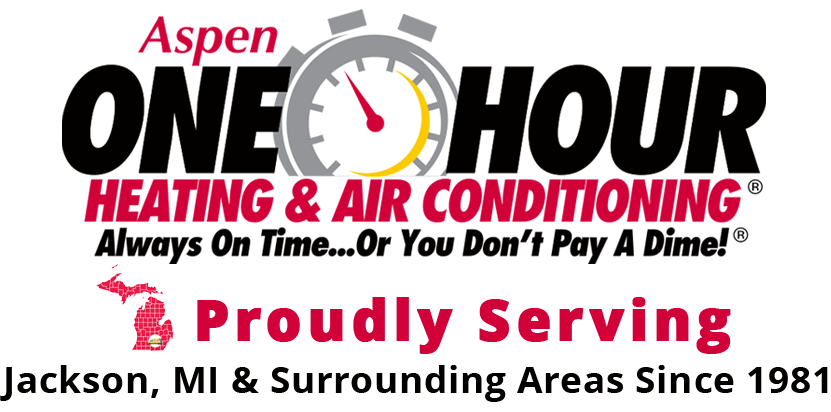The Impact of HVAC Systems on Allergies and Asthma
Solutions for Cleaner Air
Do you find yourself constantly battling allergies or struggling with asthma symptoms, even when you’re indoors? Your HVAC system might be playing a bigger role in your respiratory health than you realize. In this article, we’ll explore how HVAC systems can affect allergies and asthma and provide solutions for cleaner indoor air.
The Role of HVAC Systems
Your HVAC system does more than just regulate temperature; it also controls indoor air quality. However, if not properly maintained, HVAC systems can become breeding grounds for allergens and irritants. Dust, pollen, pet dander, mold spores, and other contaminants can accumulate in ducts, filters, and other components of your HVAC system, circulating throughout your home and exacerbating allergy and asthma symptoms.
Common Triggers
For allergy and asthma sufferers, certain HVAC-related factors can trigger or worsen symptoms:
- Poor Air Filtration: Inadequate filtration allows allergens and pollutants to recirculate in your home.
- Humidity Imbalance: Excess humidity can promote mold growth, while low humidity can exacerbate respiratory irritation.
- Duct Contamination: Dirty ductwork can harbor dust, mold, and other allergens, spreading them throughout your home whenever the HVAC system operates.
- Inadequate Ventilation: Insufficient ventilation can trap indoor pollutants, leading to poor air quality and respiratory issues.
Solutions for Cleaner Air
Fortunately, there are several strategies to improve indoor air quality and alleviate allergy and asthma symptoms:
1. Regular HVAC Maintenance
Schedule routine maintenance for your HVAC system to ensure it operates efficiently and effectively. This includes changing air filters, cleaning ducts, and inspecting components for any signs of mold or contamination.
2. High-Efficiency Air Filters
Upgrade to high-efficiency air filters designed to capture smaller particles, such as pollen, dust mites, and pet dander. Consider HEPA (High-Efficiency Particulate Air) filters for maximum filtration effectiveness.
3. Air Purifiers
Invest in standalone air purifiers or whole-house air purification systems to remove airborne contaminants and improve indoor air quality. These devices can complement your HVAC system by capturing allergens and pollutants that may escape filtration.
4. Humidity Control
Maintain optimal indoor humidity levels (between 30% and 50%) to discourage mold growth and minimize respiratory discomfort. Use dehumidifiers or humidifiers as needed to regulate humidity levels year-round.
5. Duct Cleaning and Sealing
Schedule professional duct cleaning to remove accumulated debris and contaminants from your ductwork. Additionally, seal any leaks or gaps in your ducts to prevent the infiltration of outdoor allergens and pollutants.
Conclusion
Your HVAC system plays a crucial role in maintaining indoor air quality and ensuring your home is a safe haven from allergens and irritants. By implementing proper maintenance practices and investing in air quality solutions, you can create a healthier environment for yourself and your family, free from the burden of allergy and asthma symptoms. Breathe easy and enjoy the comfort of your home with a well-maintained HVAC system that prioritizes clean, fresh air.

